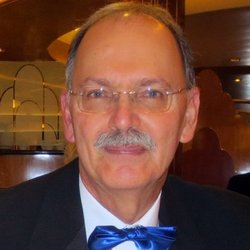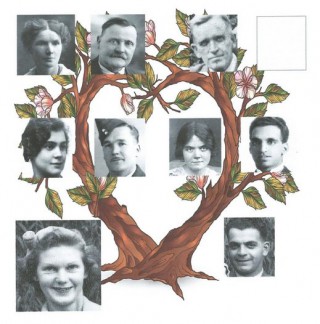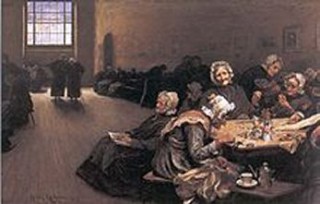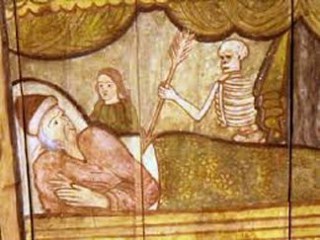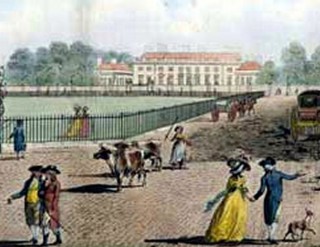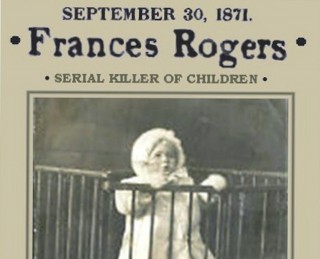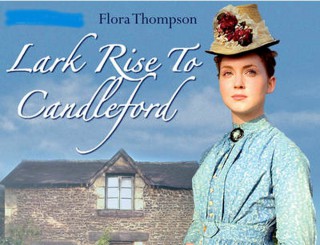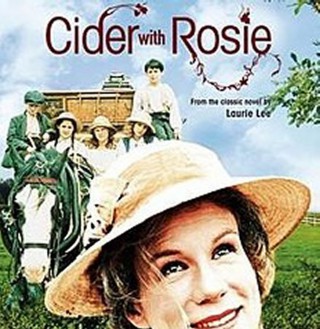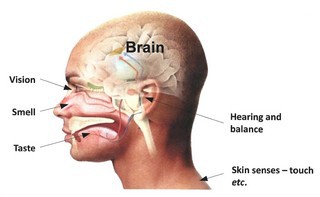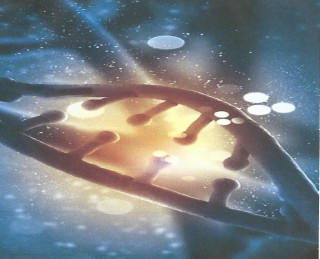About Dr Mark Carroll
For 35 years I was a biochemistry lecturer in one of London’s premier medical schools. My talks on aspects of human biology are aimed at a non-specialist audience. My other passion is family history. I try to put my family’s ancestors into the historical context of their day – social, economic, geographic – so that they come alive. My interactive talks reflect that meaningful approach, which all of us can relate to – for we all have a family and our five senses.
About Dr Mark Carroll's talks...
My talks are about an hour long and are illustrated with PowerPoint slides. I have a data projector and laptop, though I’m quite happy to use the club’s equipment when available (in which case I like to email the PP file to the organiser in advance to check for compatibility).
I will require a screen or clear wall.
Fee:
My standard fee is £48.00 for small clubs within 25 miles of my home in Epping, Essex. However, for clubs with more than 100 members and venues outside a 25 miles radius of Epping my fee is £80.00 plus travel expenses as follows:-
Anywhere in Greater London – for the Tube fare. Further afield – my travel expenses by car are 15p per mile.

